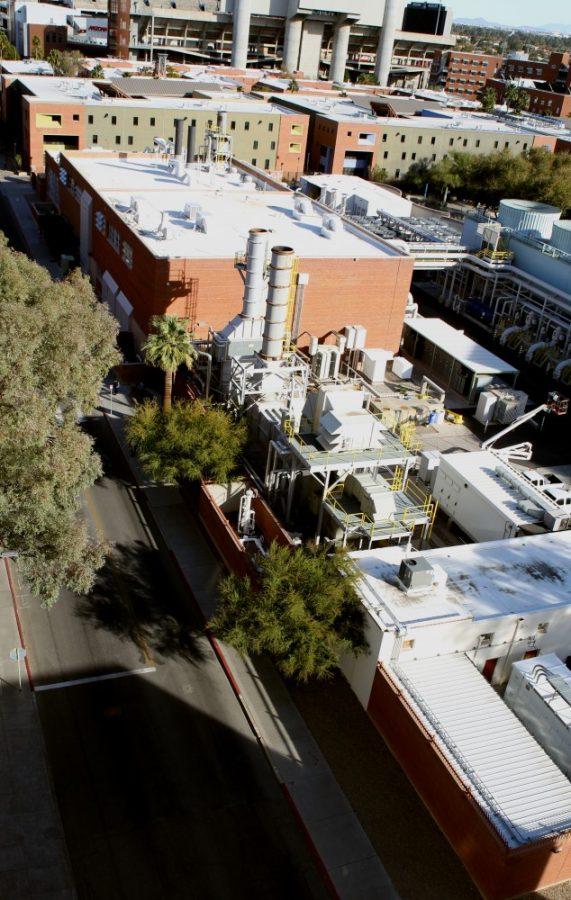A huge windstorm hit Tucson about two weeks ago, which resulted in blackouts all over the city. The UA campus was affected by a power outage around 12:30 a.m. on Feb. 1.
“I live in Manzanita-Mohave, it’s a dorm in the north part of campus,” said Cassandra Randall-Greene, a studio art freshman with a photography emphasis. “I was super surprised when the power went out. That doesn’t happen very often in Tucson, especially in the winter.”
It’s important for the UA to be prepared for blackouts when they do happen.
“Not only could the safety of students, faculty and staff be affected, but also the power that goes to the hospital, animal research areas and even dorms,” said Christopher Kopach, the assistant vice president of Facilities Management at the UA.
The impact on Banner – Health University Medical Center alone could be huge. When the power goes out, hospitals have to worry not only about the immediate threat to patients who require respiratory units or other forms of electronic support, but also broader problems like loss of water pressure or lighting for surgical procedures. Even communication to other hospitals or patient transfer could be complicated by power loss.
Given the possible impact of power outages, Facilities Management is very prepared to deal with them.
There are several protocols in place to ensure that power is restored as quickly as possible, according to Kopach. Facilities Management works closely with Tucson Electric Power, Tucson’s main electricity provider, to isolate the causes of the blackouts. In the meantime, there are close to 100 emergency generators on campus to prevent any dangerous side effects from a power loss.
While the UA is powered partially through TEP, not all of its power comes from TEP.
In fact, up to 33 percent of the UA’s power comes from two substations on campus, one of which was replaced just under a year ago, according to Kopach. There are currently plans in place to build a third substation, which would allow the UA to produce up to 50 percent of its own power.
Kopach also emphasized the environmental initiatives that are starting on campus. Facilities Management has three main power and utility plants that it owns and operates. Facilities management is always trying to be sustainable, but it also has the means to harness some solar power, according to Kopach.
While this solar power wouldn’t be much help in a blackout, as it would require some way to harness the energy for storage, solar energy isn’t the only sustainable initiative Facilities Management is undertaking.
For example, the department began a project in the late 1990s to switch the lightbulbs used on campus to more energy-efficient ones.
Ultimately, most power outages tend to be out of the control of the power companies, but failing to restore power can come at a huge cost.
Whatever outages come the UA’s way, the Facilities Management team is ready to combat them.
Follow Maddie Pickens on Twitter.









